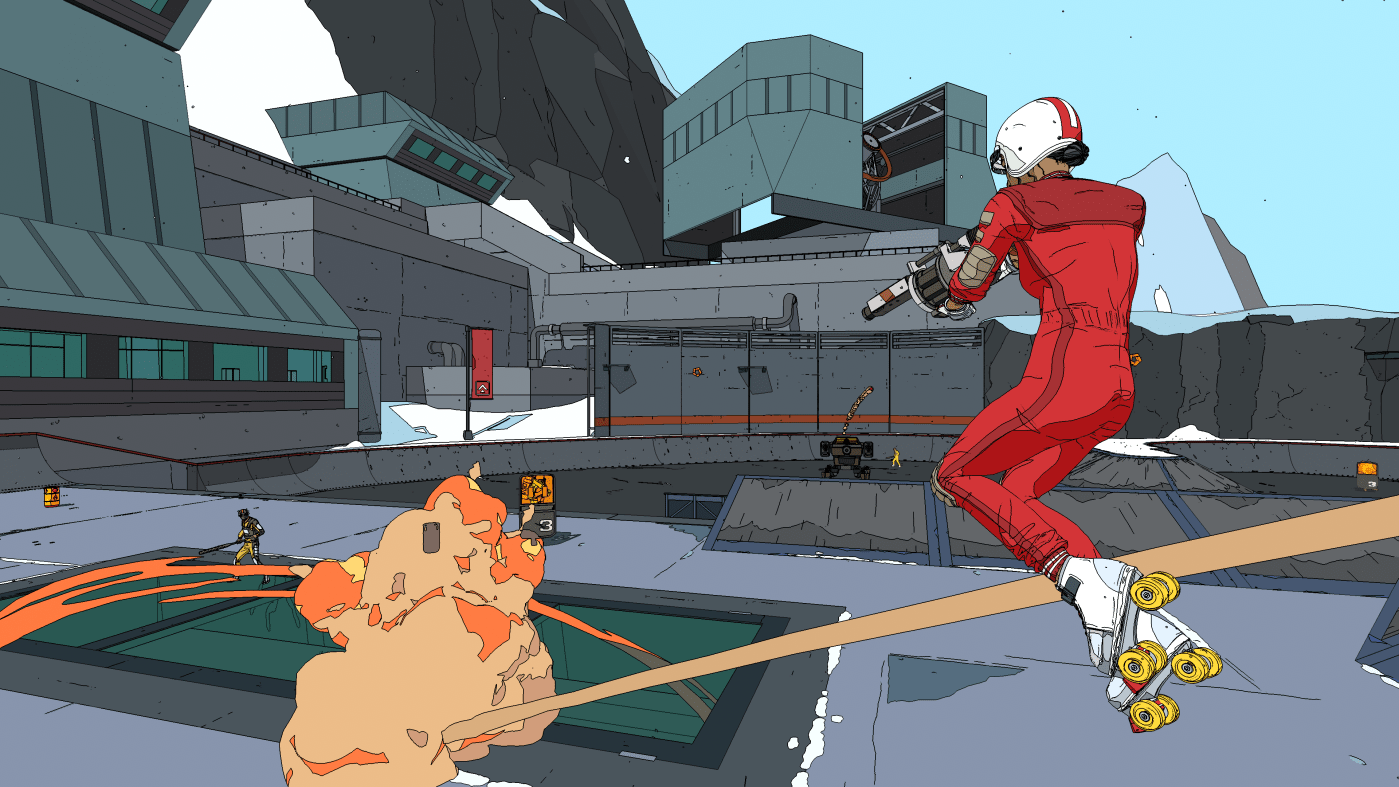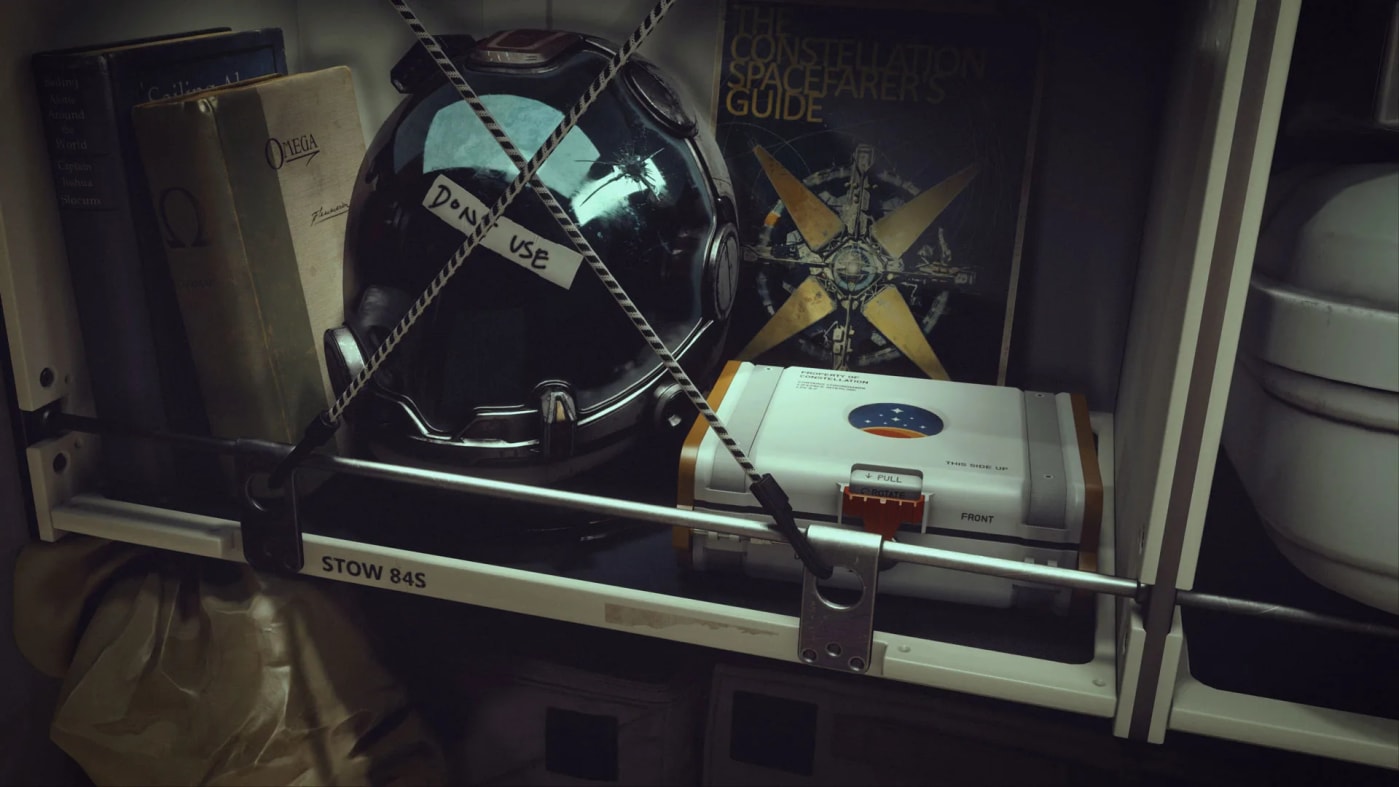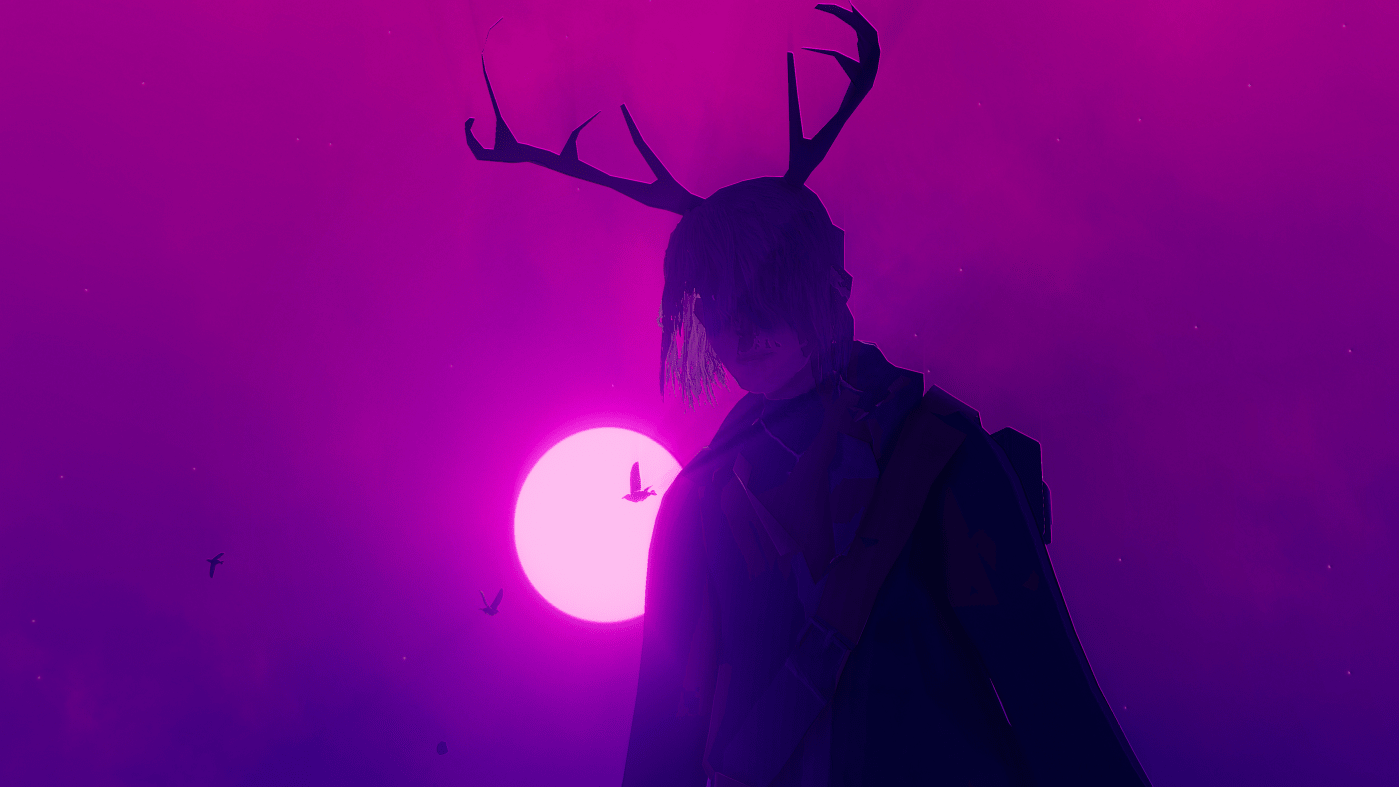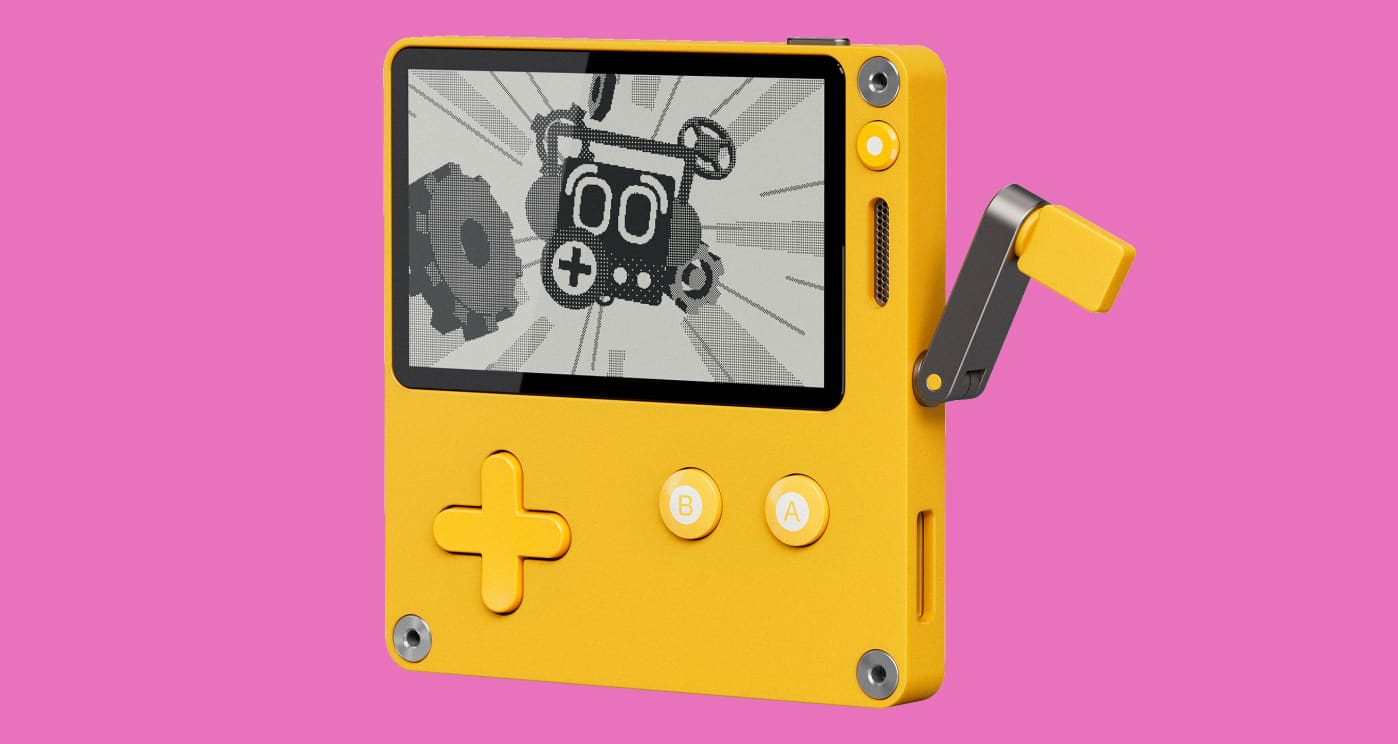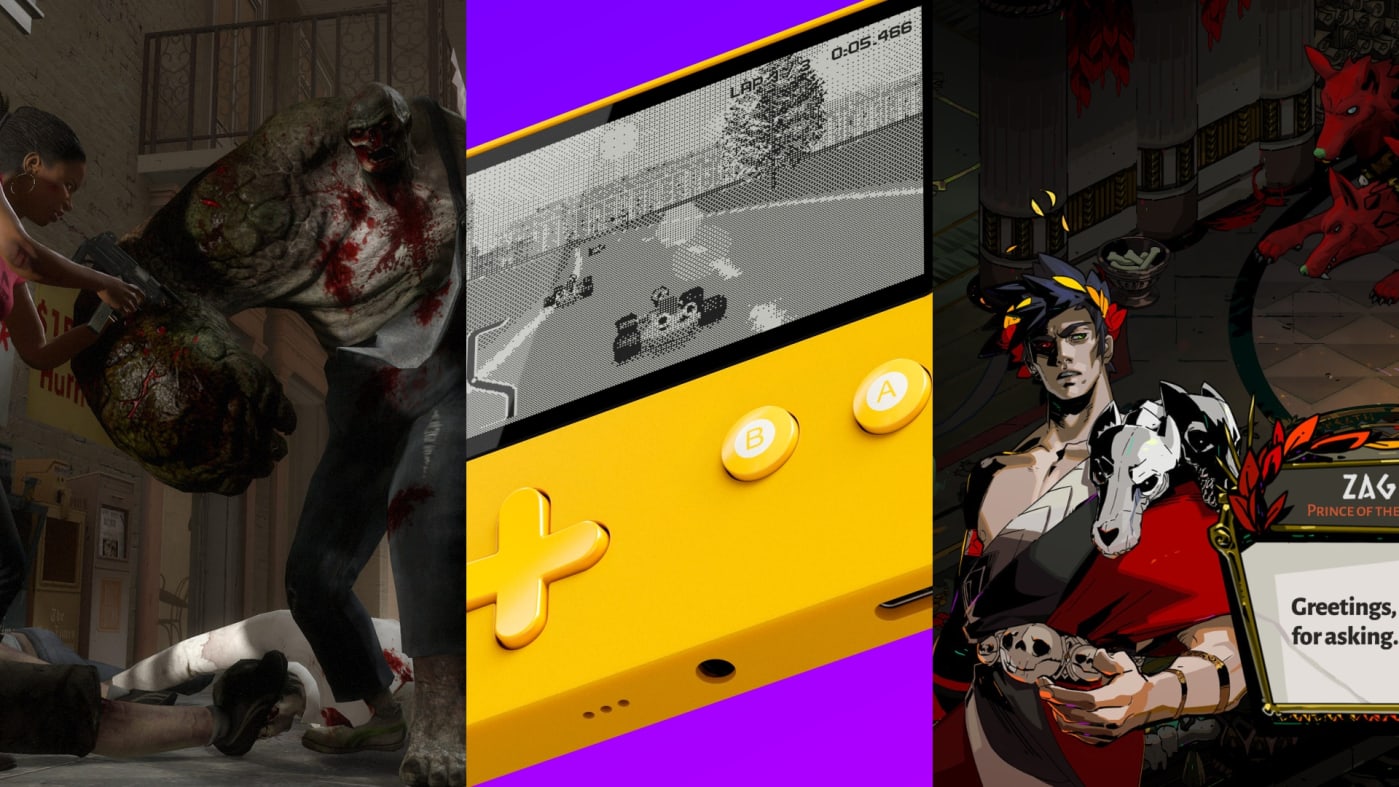Indiana Jones and the Great Circle has a Nazi-slapping mechanic
Indiana Jones and the Great Circle is set in 1937, in the space between Raiders of the Lost Ark and The Last Crusade, and it’s being developed by MachineGames, the studio behind the most recent Wolfenstein installments. So, of course the game’s main enemies are Nazis, and obviously it has a robust range of Nazi-punching mechanics. What makes The Great Circle intriguing, even after just a 30-minute hands-off preview, is its lighthearted interpretation of classic Indiana Jones tropes, leaning into the series’ humorous tone and adding twists like open-handed Nazi slapping to Indy’s repertoire.
When it comes to combat, Indiana has a whip, a revolver and his fists (or palms). His whip appears to be the most useful tool on his belt, allowing him to swing across gaps, activate levers, and pull in enemies nice and close for a one-two punch. Hitting a Nazi with the whip briefly incapacitates them while they’re reeled in, setting up an advantageous close-quarters melee situation. Hand-to-hand combat requires precise timing in order to land knockout combos or finishing moves, and on top of throwing punches and slaps, Indy is able to block and defensively parry. In fistfights, the game’s first-person perspective crops in extra tight, filling the screen with punchable Nazi surfaces and enhancing the tension behind each blow and dodge. He can also pick up objects and hit enemies with them, and in pre-recorded gameplay footage, it all looks supremely satisfying.

Indiana Jones and the Great Circle isn’t just an action game, though. Many of its encounters can be approached with stealth mechanics, where players sneak past guards and perform silent takedowns without fisticuffs or gunfire at all. The revolver is really a last-ditch option in each scenario, game director Jerk Gustafsson and creative director Axel Torvenius said. Otherwise, puzzles are a pivotal component of gameplay.
Indiana is joined on his adventures by Gina, an Italian journalist who’s searching for her sister, and together they encounter a variety of logic and spatial puzzles. Some are quick, like finding an alternative entrance to a sealed room, and others are more involved, requiring a few minutes of focus to fully understand.
The preview focused on Giza, Egypt, showcasing bustling outdoor marketplaces, a depressing Nazi meeting room and a vibrant temple hidden beneath the sands of the Great Sphinx. Here, Indy and Gina had to catch the sunlight with a series of ancient mirrors, lining them up one by one until the beam bounced to the proper place. This particular puzzle room seemed straightforward and slightly clever (though maybe that’s just because The Mummy is one of my favorite childhood movies), but there are apparently more challenging riddles in the game, too. The most complex puzzles are hidden, requiring some light exploration in various regions, and they’re not necessary in order to complete the main storyline. These bonus riddles are just some of the many secrets to find around the game’s world.

“I don’t really like too difficult puzzles myself,” Gustafsson said. “I like to just enjoy the experience and not be so challenged by them. That said, we do have a mix [of puzzle difficulties] because I like a lot of variation. It’s not like we have some unique puzzle mechanic that goes across the entire game. We tried to create every puzzle in a different, unique way.”
There are also difficulty options for the puzzles overall, allowing players to choose how complex they’ll be throughout the entire game.
Indiana has a notebook that fills up with evidence, objectives and photos that he takes while investigating various relics around the globe. The camera is an essential tool in The Great Circle, and each snapped pic can unlock new clues and trails to follow. Indy also carries a lighter, which functions as a flashlight and can set stationary torches ablaze. His play style is customizable, with dozens of upgrades available as the game progresses. One potential upgrade is True Grit, an ability that allows him to recover from a fatal blow by crawling toward and grabbing his fedora within a certain amount of time. You know, classic Indiana Jones stuff.

I’ve seen some angry chatter online from people who don’t like the first-person perspective in The Great Circle, citing a desire to actually see Indiana as he does all this cool stuff, just like in the movies. I don’t think these people have much to worry about — not only are there plenty of cutscenes featuring Troy Baker’s utterly impressive 1980s Harrison Ford impression, but parts of the game are in third-person after all.
“When it comes to a character like Indiana Jones, I want to play the character and I want to be the character, I want to look through and explore the world through his eyes,” Gustafsson said. “To me that’s a very important part of what we do here. For me, it was a very easy choice. But also, we do mix in some third-person elements here. We have very much come back to our own history with games like Riddick and The Darkness where we also did this mix between first-person and third-person perspective. We do that for this game, too. Everything is not first-person, even though the core experience is in first-person.”
Torvenius added, “There’s a great opportunity here as well for us because we do have a large section of the game that is mystery, it’s solving puzzles, being up front and close to ancient relics and ruins and scriptures. So it adds an intimacy to the adventure to some aspect, that you can get really up and close and can really inspect things, which is actually pretty nice how it plays out in the game.”

Even in first-person scenes, Indiana Jones and the Great Circle looks, sounds and feels right so far. Baker’s Indiana Jones is nearly indistinguishable from the early film versions, his voice drawling and gravelly with a sarcastic bite. There’s a dry humor built into his interactions, as is fitting. In one scene, he’s introducing himself to a woman who has an intricately designed eye patch; she seems to be indigenous to the jungle they’re sitting in.
“I’m an archaeologist,” Indiana says.
“Another one,” she replies, clearly unimpressed.
It’s a quick moment from a short preview, but it sets a solid tone for the game as a whole: dry, lighthearted, and a little punch-drunk in between all the actual punching. Or you could say, a bit slap-happy amid all the slapping. Either way, these Nazis won't know what hit them.
Indiana Jones and the Great Circle is coming to Xbox Series X/S and PC on December 9. It'll be available on Game Pass Ultimate, and it's also coming to PlayStation 5 in spring 2025.
This article originally appeared on Engadget at https://www.engadget.com/gaming/xbox/indiana-jones-and-the-great-circle-has-a-nazi-slapping-mechanic-200052110.html?src=rss
©

© MachineGames









